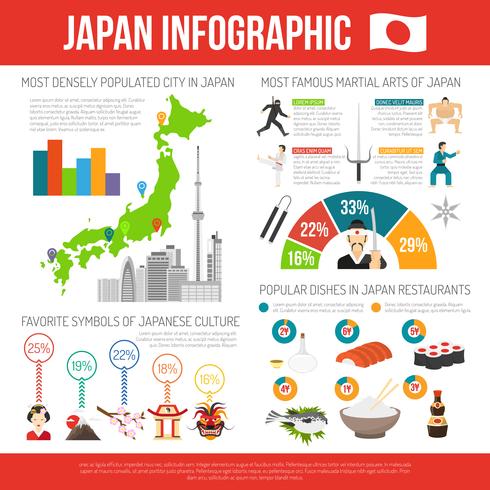The Growth And Historic Context Of Martial Arts Worldwide
The Growth And Historic Context Of Martial Arts Worldwide
Blog Article
Web Content By-Winkler Ebsen
Martial arts have an interesting background that covers centuries and continents. You might discover it appealing exactly how ancient methods like Shuai Jiao and Kalaripayattu laid the groundwork for modern-day battle techniques. These techniques not only emphasize physical abilities but also show the cultures that birthed them. As you discover their advancement, consider how globalization has actually changed these typical forms right into hybrid styles. What influences do you assume have formed today's martial arts landscape?
Ancient Martial arts: The Foundations of Fight
As you look into the globe of old martial arts, you'll uncover the abundant foundations that formed combat methods across cultures. Early techniques concentrated on Self-Defense and survival, often integrating strikes, grappling, and weaponry.
In old China, for instance, techniques like Shuai Jiao stressed tosses and joint locks, while India's Kalaripayattu showcased dexterity and fluid movement. Japanese samurai developed Kenjutsu, a refined swordsmanship that highlighted self-control and technique.
These martial arts served not just for fight however also as a way of personal advancement, instilling values like regard and perseverance. The mixing of these strategies in time prepared for the diverse martial arts you see today, each mirroring the distinct approaches and requirements of its culture.
The Social Influence on Martial Arts Advancement
While martial arts often show the functional needs of a society, they also personify the cultural worths and beliefs of their beginnings. When female martial arts discover various martial arts, you'll notice just how they're affected by religious beliefs, approach, and social norms.
For instance, the emphasis on respect and self-control in Japanese martial arts stems from Zen Buddhism and samurai society. On martial arts for wheelchair users , Brazilian Jiu-Jitsu advertises flexibility and technique, formed by the demand for efficiency in a varied, modern setting.
You could locate that the rituals, attires, and training techniques reflect a neighborhood's background and identification. By recognizing these cultural influences, you strengthen your recognition of martial arts and their function fit human experiences across the globe.
Modern Adaptations and the Globalization of Martial arts
Martial arts have changed substantially in recent years, adjusting to contemporary society and worldwide impacts. You'll notice that conventional forms have combined with modern methods, producing hybrid styles like MMA. These adjustments deal with diverse audiences, making martial arts obtainable and attractive around the world.
With the increase of social media sites and electronic platforms, you can locate tutorials and competitions from all corners of the globe, breaking geographical barriers. This globalization has actually caused a shared appreciation for various disciplines, from Brazilian Jiu-Jitsu to Taekwondo.
As you involve with these arts, you'll realize they're not just about combat; they promote fitness, discipline, and psychological wellness.
Inevitably, modern adjustments have enhanced the martial arts landscape, making it a dynamic and evolving method.
Conclusion
In exploring the history and advancement of martial arts, you discover a fascinating blend of methods, cultures, and philosophies. From ancient self-controls like Shuai Jiao and Kalaripayattu to the modern flexibility seen in mixed martial arts, martial arts reflect humanity's quest for Self-Defense and personal development. As you engage with these practices, you not only get skills but additionally a much deeper admiration for the varied customs that form our globe today. So, continue your journey and embrace the art of fight!
